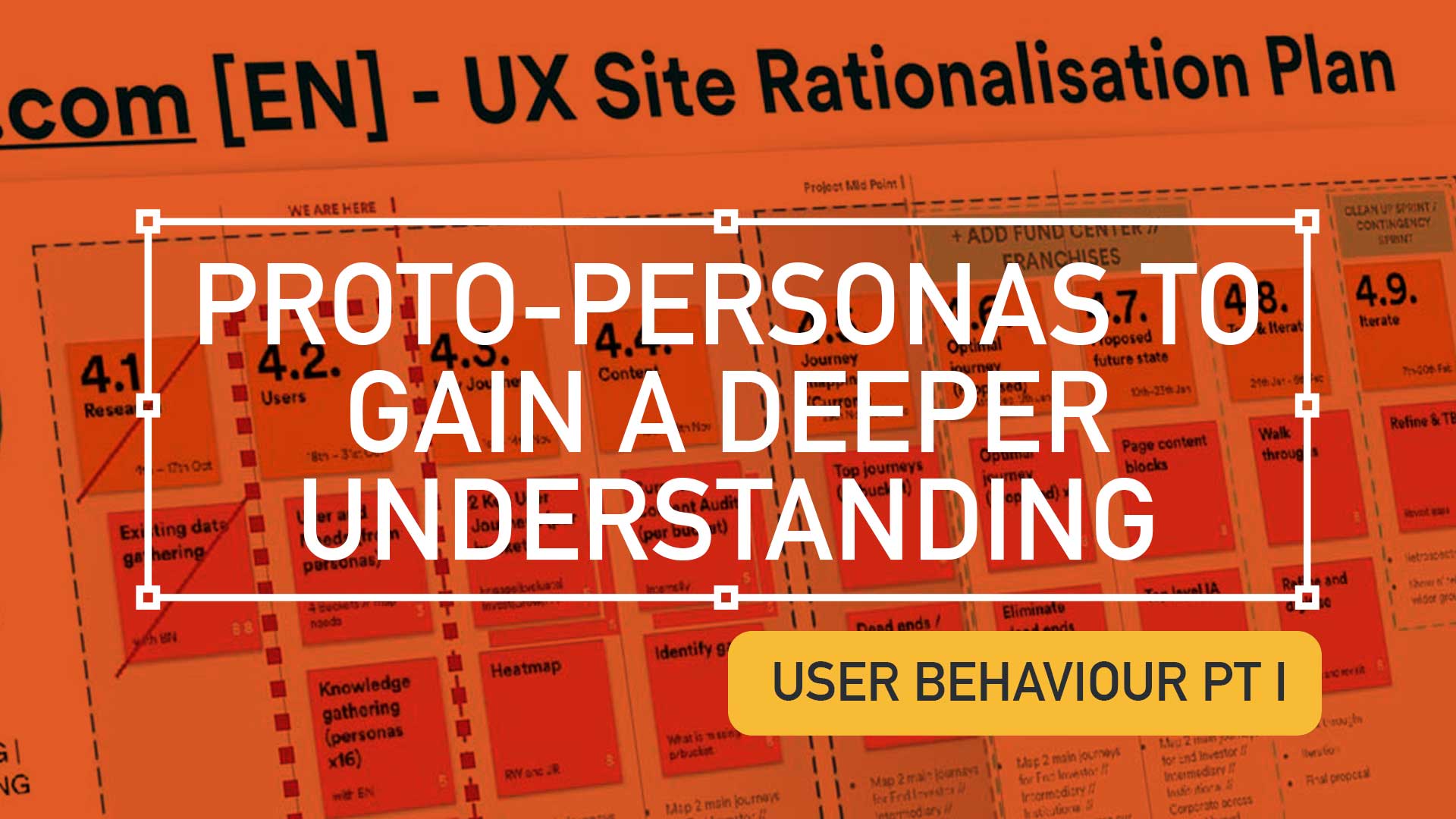TLDR: Understanding your users through persona building and experience mapping helps uncover critical user needs across the customer lifecycle.
This is a continuation from the article ‘Digging deeper to understand your users‘, I urge to read this to gain a better understanding on the UX process and concepts within this post.
Understanding your users
Please note; for client confidentially sensitive parts of all imagery has been pixellated. All work is copyrighted © russellwebbdesign 2024
Following the link above to understand the who, what and why, leading to common themes that have risen to the surface. Those themes can be classified as needs, problems or goals, and using Service Design , a designer can feed all the data into a Experience Map
“Experience mapping is a strategic process of communicating complex customer interactions. This activity builds knowledge across your organisation, and helps build seamless customer experiences.”
Courtesy of ‘Mapping’ a persona lifecycle
Applying mapping techniques to our personas
Investor Types #1: Details of my fund

Pivoting the traditional application of an experience map, with this financial services client, the needs, problems or goals were categorised;
- First across a customer lifecycle
- Then to one typical task
This process was them mapped across different Investor Types;
“Guide me and make me feel in control when investing”

Proto Persona Investor Type
Investor Types #3: Guide me

The combined heat map
To discover the most important to the less important needs, problems or goals we combined the results of our four persona groups into one experience map.






Priority touch points
This highlighted 5 or 6 of the most important needs, problems and goals. This provided valuable insight and led into a more specific grouping exercise – how our audience behaved within each section of the customer lifecycle.
User needs by lifecycle
By further analysing the results the team were able to understand what the most important needs, problems or goals our users experienced at each stage of the lifecycle.
Next steps
Next task is to map those priority touch-points through to actual content. But for that, see how we managed stakeholder expectations and optimised our resources to roll-out a Content Audit and Inventory in record time.
Please note; for client confidentially sensitive parts of all imagery has been pixellated. All work is copyrighted © russellwebbdesign 2024

Pique’d your interest?
This is but part of a selection of design information russellwebbdesign generated for the creative community out there. Please contact me further to discuss how your brand can benefit from the new channel: info@russellwebbdesign.co.uk
If something has peaked your interest. Please leave a comment below.

Comments
One response to “Using Experience Maps to plot your Customer Journeys”
[…] through. Everyone must understand the purpose and the outcomes of your activities. For instance customer journey mapping; recognised as one of the more challenging workshop activities especially amongst debutante […]